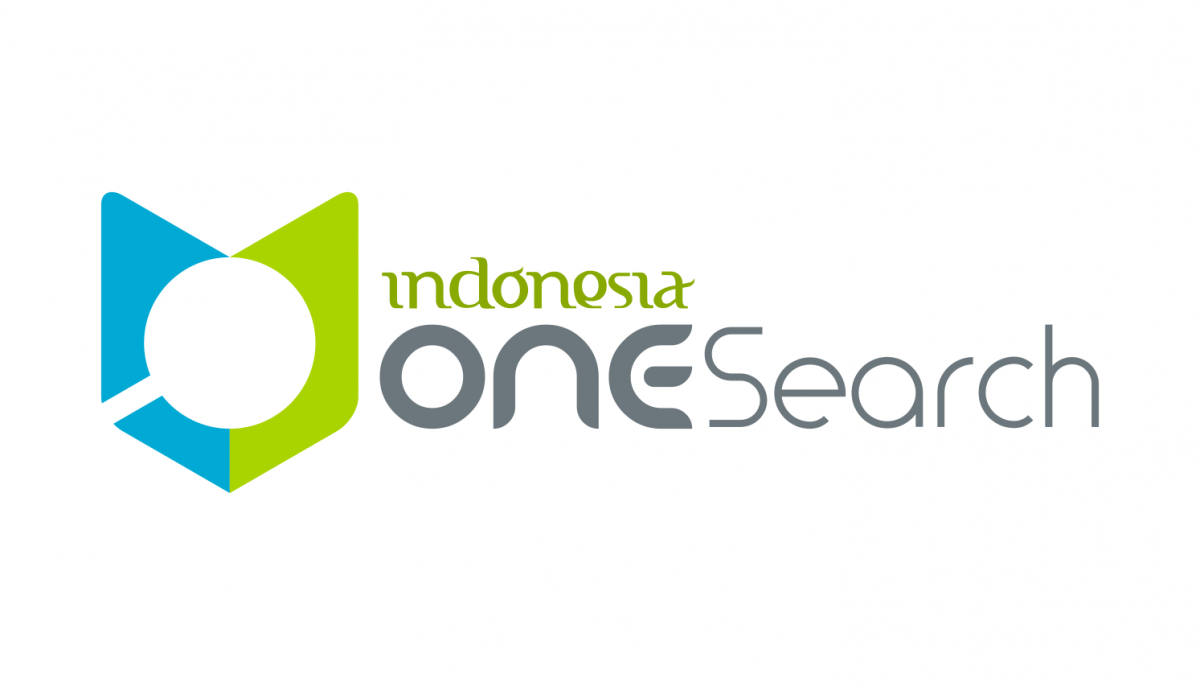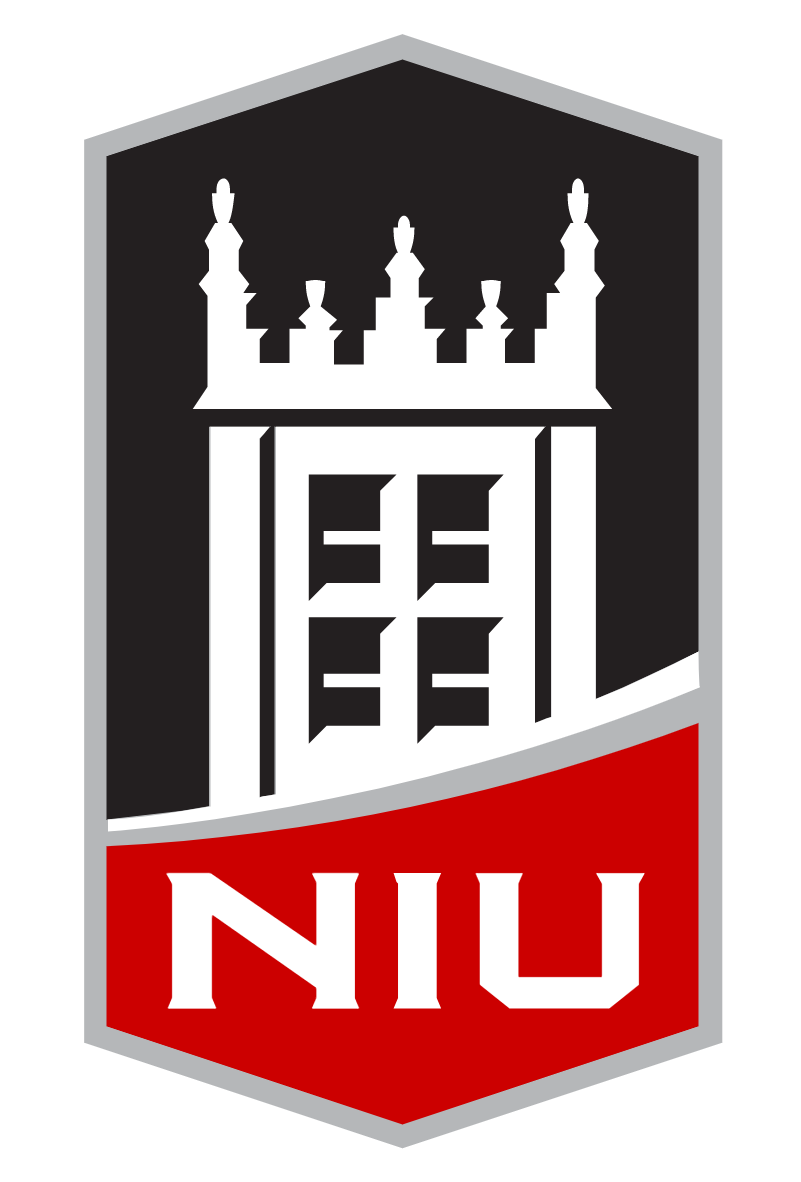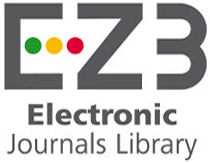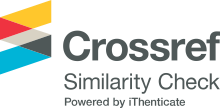Abstract
Background: Acne vulgaris is a skin disease that can cause permanent scarring. Various therapeutic options are available to treat atrophic scars, but combination therapy is still the best choice according to different types of scars in a single patient. Chemical reconstruction of skin scars (CROSS) trichloroacetic acid (TCA), modified subcutaneous incisionless (subcision), and platelet-rich plasma (PRP) can be used as a combination therapy to treat acne scars.
Case Illustration: A 25-year-old man complained of acne scars on both sides of his face. Dermatologic findings were blackheads, icepick, boxcar, and rolling scars. Clinically he had moderate to severe acne scores. He was treated with a combination of CROSS TCA for icepick-type acne scars, modified subcision, and PRP injection for rolling and boxcar-type acne scars on both sides of the face. During treatment, the patient was given oral and topical antibiotics. The patient was followed-up after one month. It resulted in a good therapeutic response, which showed 25%-49% of Goodman and Baron’s classification, and a visual analog scale of 6.
Discussion: CROSS TCA is a therapeutic choice for icepick-type acne scars with a simple, practical technique and provides a significant effect. Modified subcision is modified therapies from the previous Khunger subcision technique and a new alternative that can be applied to damaged tissue. This can maximally repair scarring, facilitate surgeon, provide avenues, and increase maximum PRP penetration.
Conclusion: CROSS TCA with subcision and PRP are simple procedures that can be applied as an alternative therapy to acne scars with good therapeutic response.
Recommended Citation
Fiqri, Ahmad; Mochtar, Moerbono; and Zulfikar, Dendy
(2022)
"Combined use of CROSS TCA and modified subcision with PRP administration for acne scars,"
Journal of General - Procedural Dermatology and Venereology Indonesia: Vol. 6:
Iss.
1, Article 6.
DOI: 10.19100/jdvi.v6i1.293
Available at:
https://scholarhub.ui.ac.id/jdvi/vol6/iss1/6
Included in
Dermatology Commons, Integumentary System Commons, Skin and Connective Tissue Diseases Commons






























